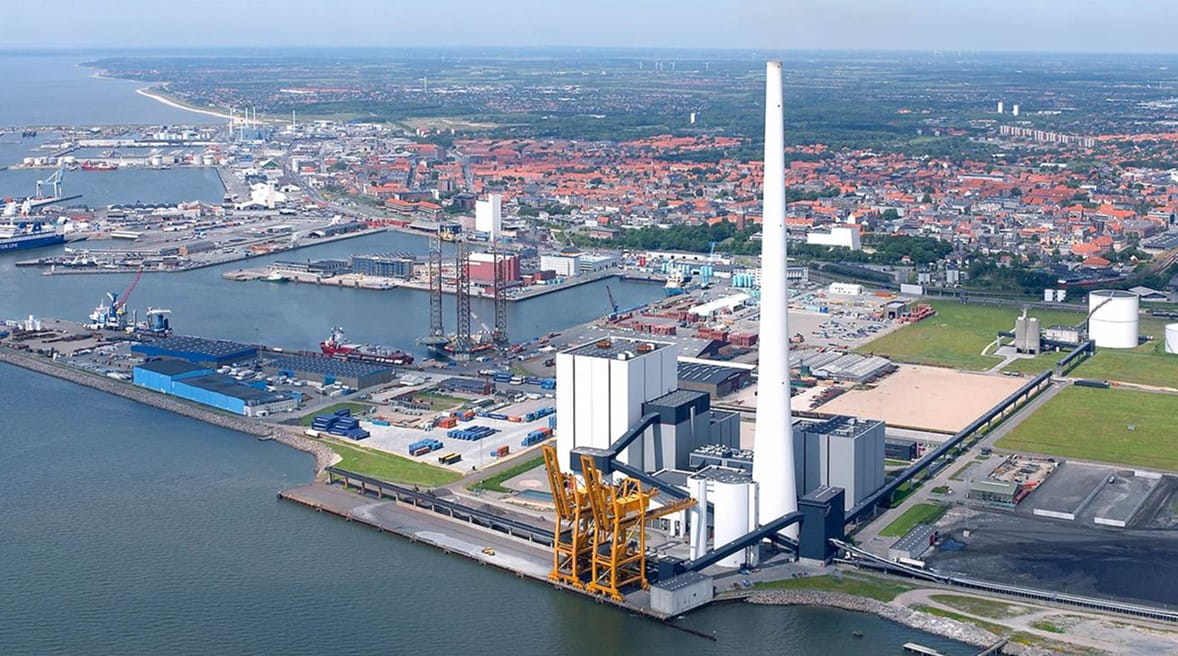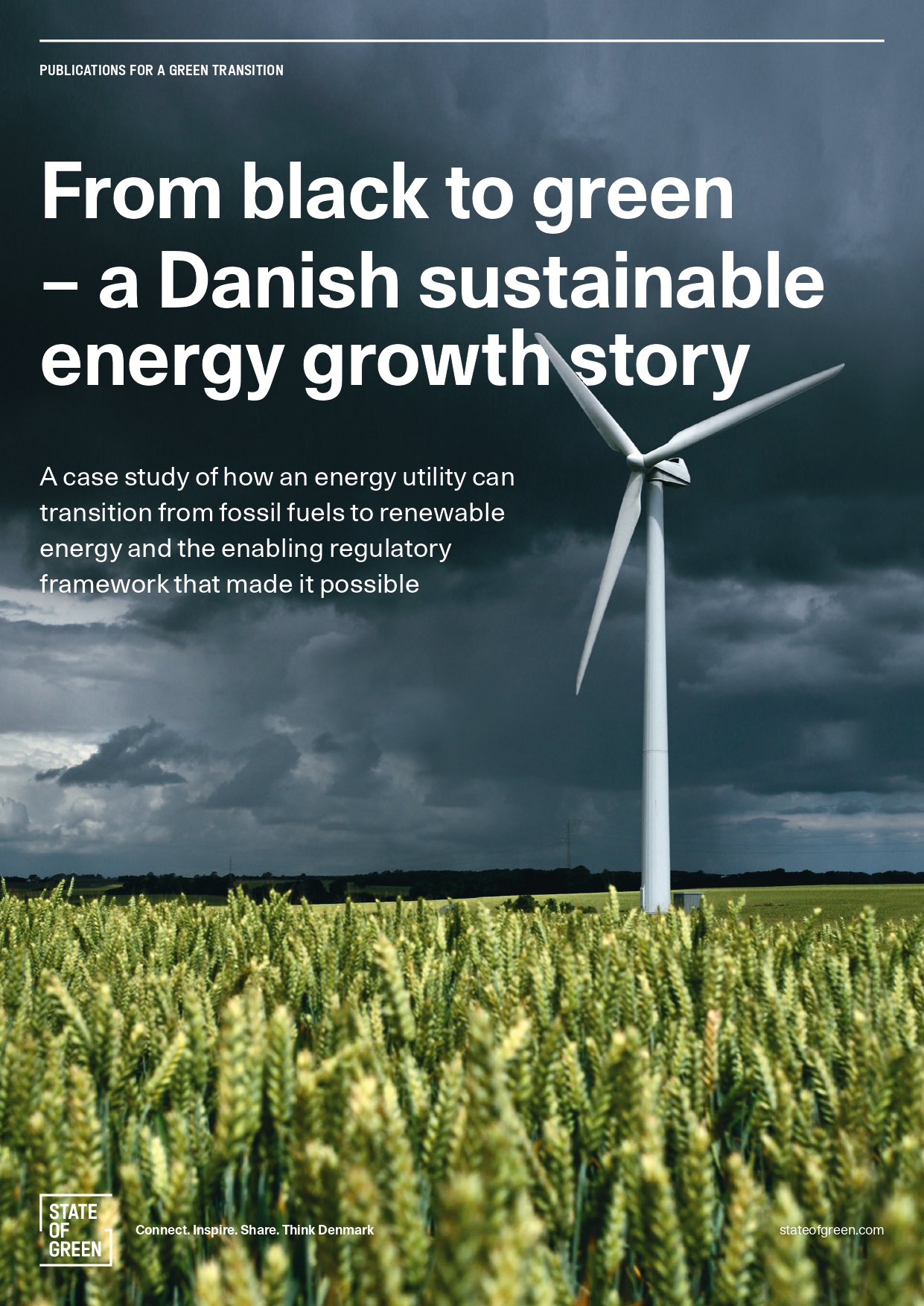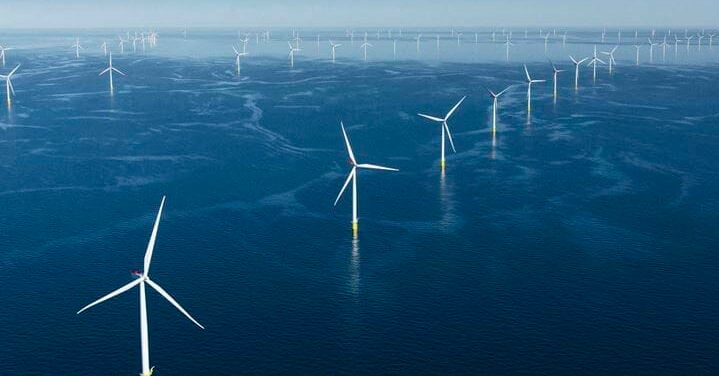From black to green: a Danish sustainable energy growth story
Discover our case study of how an energy utility can transition from fossil fuels to renewable energy and the enabling regulatory framework that made it possible.
Discover the publicationNews
Combined heat and power production

Photo credit: Ørsted


Discover our case study of how an energy utility can transition from fossil fuels to renewable energy and the enabling regulatory framework that made it possible.
Discover the publicationSince 2006, Ørsted has transitioned from being one of the most coal-intensive energy companies in the world to becoming one of the largest renewable energy companies globally. With the closure of its last coal-fired combined heat and power plant on 31 August, Ørsted takes an important step towards making its entire energy generation essentially fossil-free.
Reflecting on the closure of Esbjerg Power Station, Ole Thomsen, Senior Vice President and Head of Ørsted’s Bioenergy business, said:
“Shutting down the last of our coal-fired heat and power plants marks the end of a chapter in our green transformation. For many years, Esbjerg Power Station has been a very important contributor to the Danish energy system, delivering electricity and stability to the power grid and district heating to the municipality of Esbjerg. The Danish authorities ordered us to continue operations at Esbjerg Power Station until 31 August to ensure the security of the electricity supply. Naturally, we complied with the order, but we believe that we, as a society, must phase out the use of gas, oil, and coal as soon as possible, and with the close down of the heat and power plant, we’re well on track to becoming the first major energy company to completely transform its energy production from fossil fuels to renewable energy.”
The closure of Esbjerg Power Station marks the final step in ensuring that Ørsted has taken all necessary actions to meet its industry-leading science-based targets to reduce its scope 1-2 emissions intensity by 98% by 2025. Ørsted was the first energy company to set a science-based net-zero target and has afterwards successfully established itself as a global leader in offshore wind power.
The yearly consumption of coal at Esbjerg Power Station has been approx. 500,000 tonnes, which is equivalent to approx. 1.2 million tonnes of carbon dioxide emissions (or the yearly emissions from approx. 600,000 fossil-fuelled cars in the EU). Shutting down Esbjerg Power Station is the last major step on Ørsted’s journey towards meeting its target of a 99 % green share of energy generation by 2025.
Read more: Ørsted’s full statement
On 31 August, Ørsted shut down the coal-fired unit 4 at Studstrup Power Station as well as Kyndby Power Station’s unit 21.
Going forward, the power production will be covered by other power plants and wind and solar farms, and the local heating supply company in Esbjerg is establishing an alternative production capacity for delivering district heating to the municipality of Esbjerg.
As a state-owned company, Ørsted’s transformation into a green energy company has been possible due to close collaboration between the Danish government and Ørsted. This collaboration has led to several initiatives that have enabled the transition, including economic incentives, competition-based reforms, demonstration projects, facility testing, de-risking and reforms to permitting procedures, investment in research and development, and local ownership of renewable energy.
Read more about the Ørsted and the Danish story of green transition in our whitepaper.

Discover the case of Ørsted: An energy company which has managed to turn its business from black to green energy reducing its use of coal by 73% and more than halving its CO2 emissions.
Discover Ørstedpublications
Combined heat and power production
+10